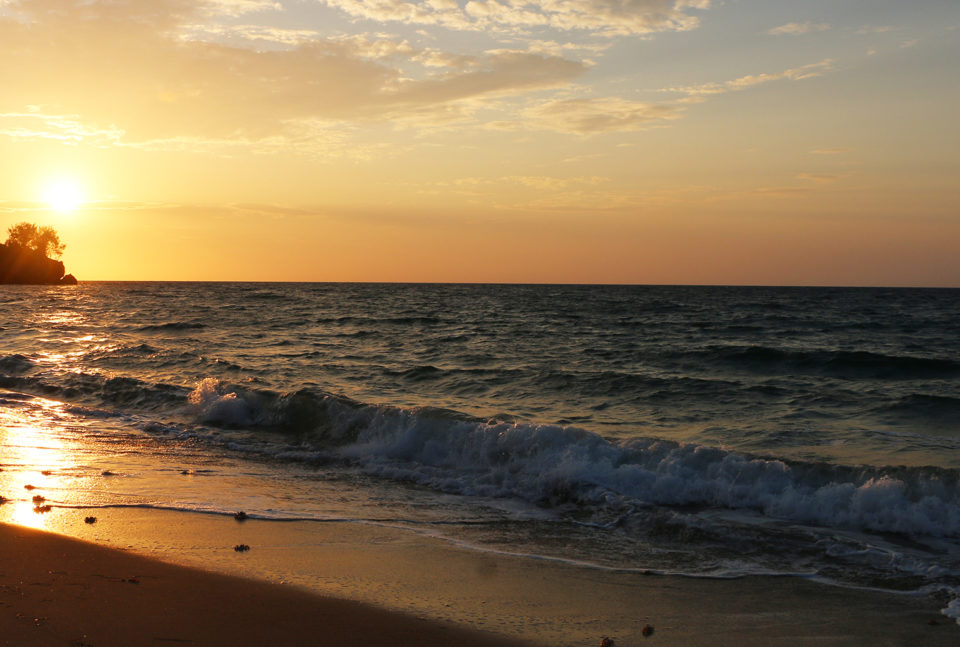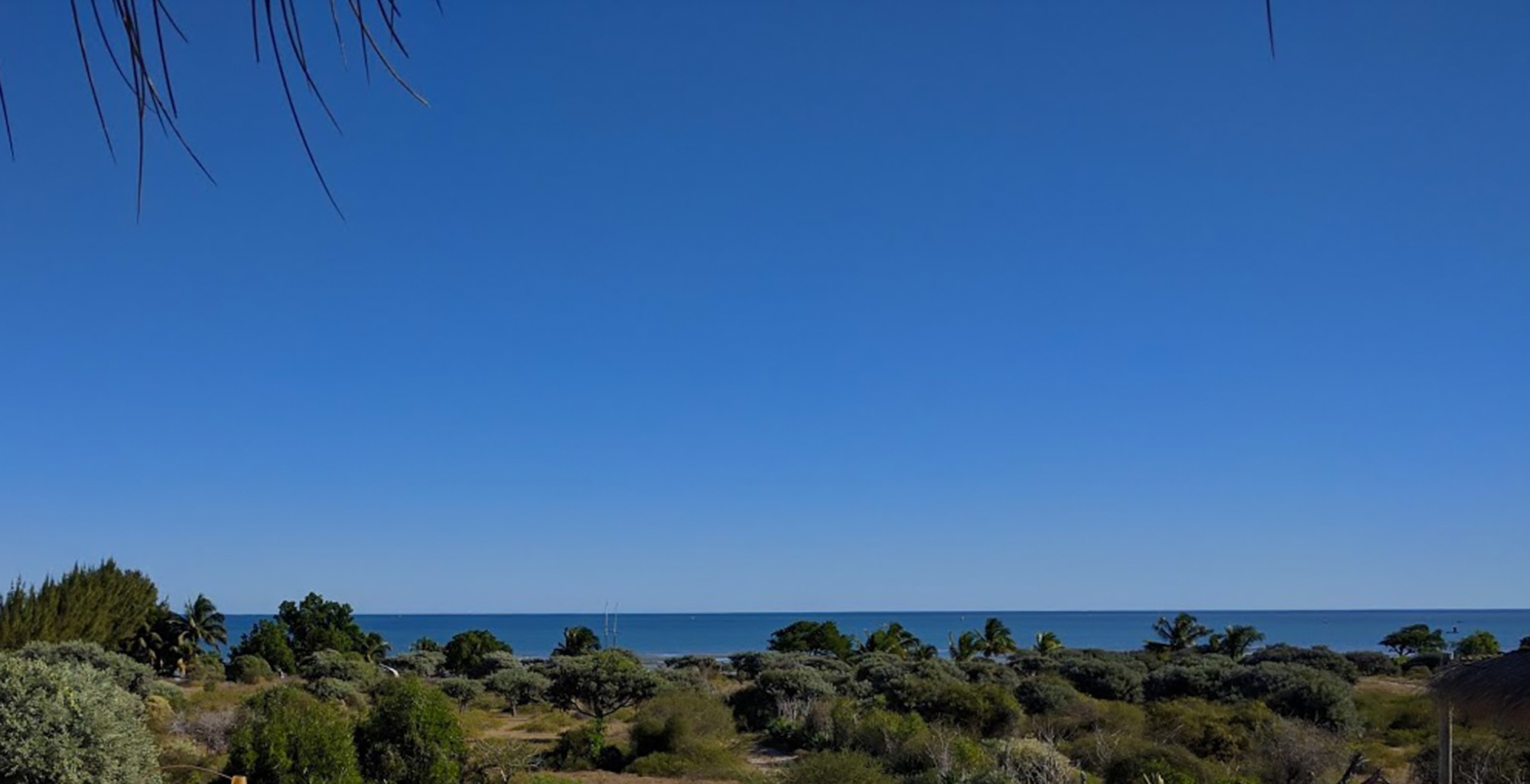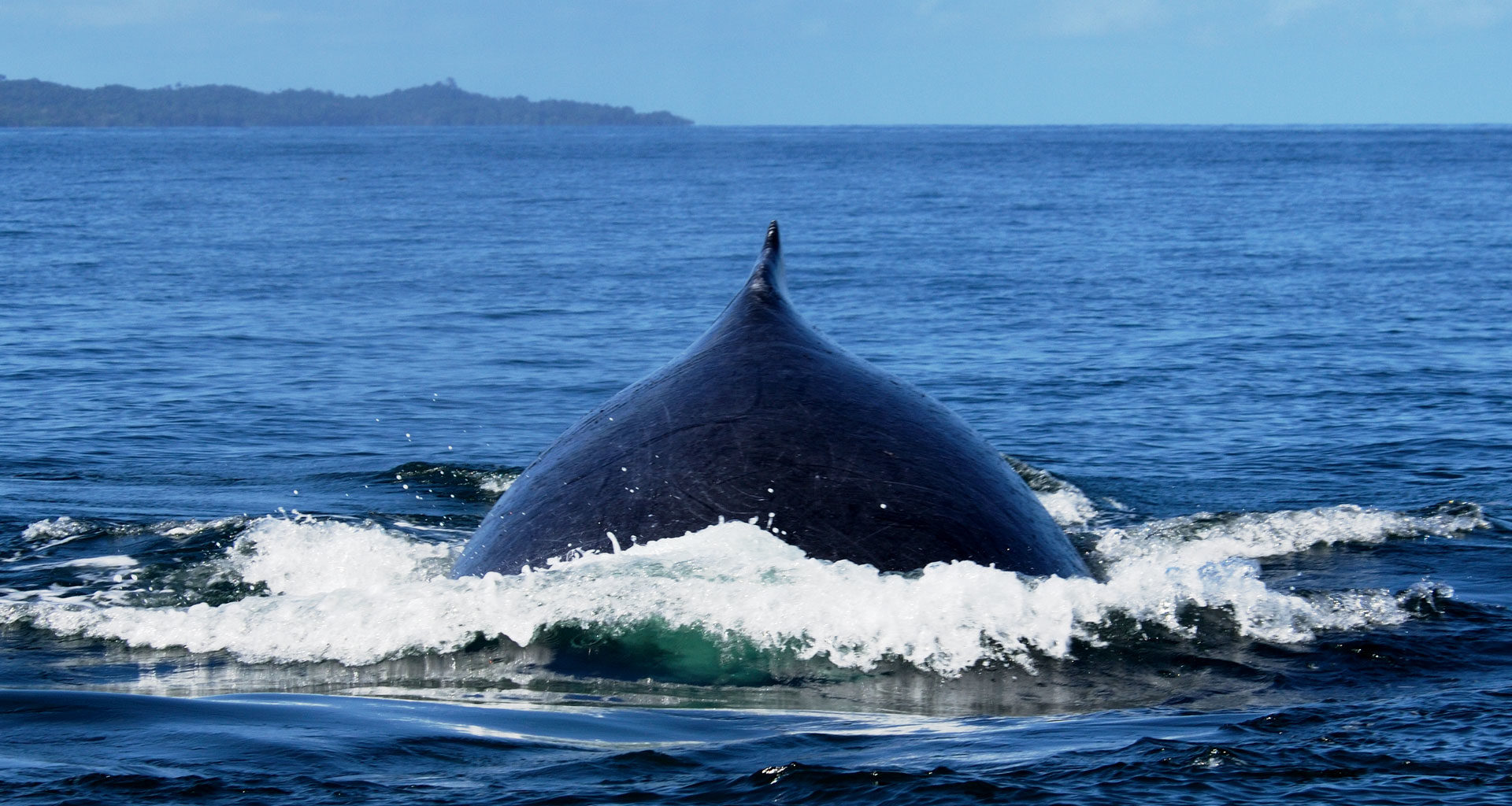Arguably the most famous part of Madagascar, its contrasting rainforest, endemic spiny forest and alien-looking cactus-ridden landscapes frequently featured in nature programmes and the like, South Madagascar is a place where elephant bird eggs can be found, where locusts swarm in their millions, and where the Mahavy tribe reside, known for their intricate, enormous tombs, which they build in honour of their dead chief.
Of all the fascinating places to visit in South Madagascar, three stand out as being of special interest: Manafiafy, which is on the southeast coast, 40 miles north of Taolagnaro; Ifotaka Forest Conservancy, on the southeast of the island, by the Mandrare River; and Toliara, a small seaside town on the southwest coast
Although a small and as yet relatively undefined area, Manafiafy is largely a rainforest habitat and is subject to a monsoon climate, with rains mainly falling between November and April. Its wildlife is impressive. One of Madagascar’s main attractions is its lemurs, of which Manafiafy has five species, including the southern woolly, which was recently recognised in 2006 as being a different species from the woolly lemur. A number of reptiles, including endemic snakes and chameleons can also be viewed, and the bird life is spectacular. In addition, Manafiafy is an excellent area from which to view the humpback whale migration, this being their breeding grounds. The best time of year to visit therefore is between June and November, during the dry season.
Six hours drive west of Manafiafy, Ifotaka Forest Conservancy is a fine example of a community-run conservancy, first established in 2006, following a push by the government encouraging local people to manage their local land and wildlife. It is made up of mainly gallery forest and spiny forest, houses many endemic species, and is an ecoregion part of the Global 200, priority ecoregions for conservation created by WWF. The best times to visit are during the dry season between June and November.
On the other side of the coast (southwest) lies the Atsimo-Andrefana region, where the main focal point is Toliara, the region’s capital city. Nicknamed City of the Sun, the city and its surrounds are predominantly semi-arid, receiving less than 400mm of rain per year. With a population of 157,000, it has been subject to European settlement for hundreds of years, the first known of which was a group of 600 Portuguese sailors, shipwrecked in 1527. St. Augustine became a popular port in the 16th and 17th centuries for the spice trade. Since the city of Toliara has no beach and its coastline is mainly made up of mudflats and mangroves, most travellers who end up here after a long drive on the popular RN7 route will head 22 miles south to Anakao or 17 miles north to Ifaty, both seaside towns set behind white sand and palm trees, and both perfect for relaxation at the end of a long safari.
See below for accommodation in this area.



